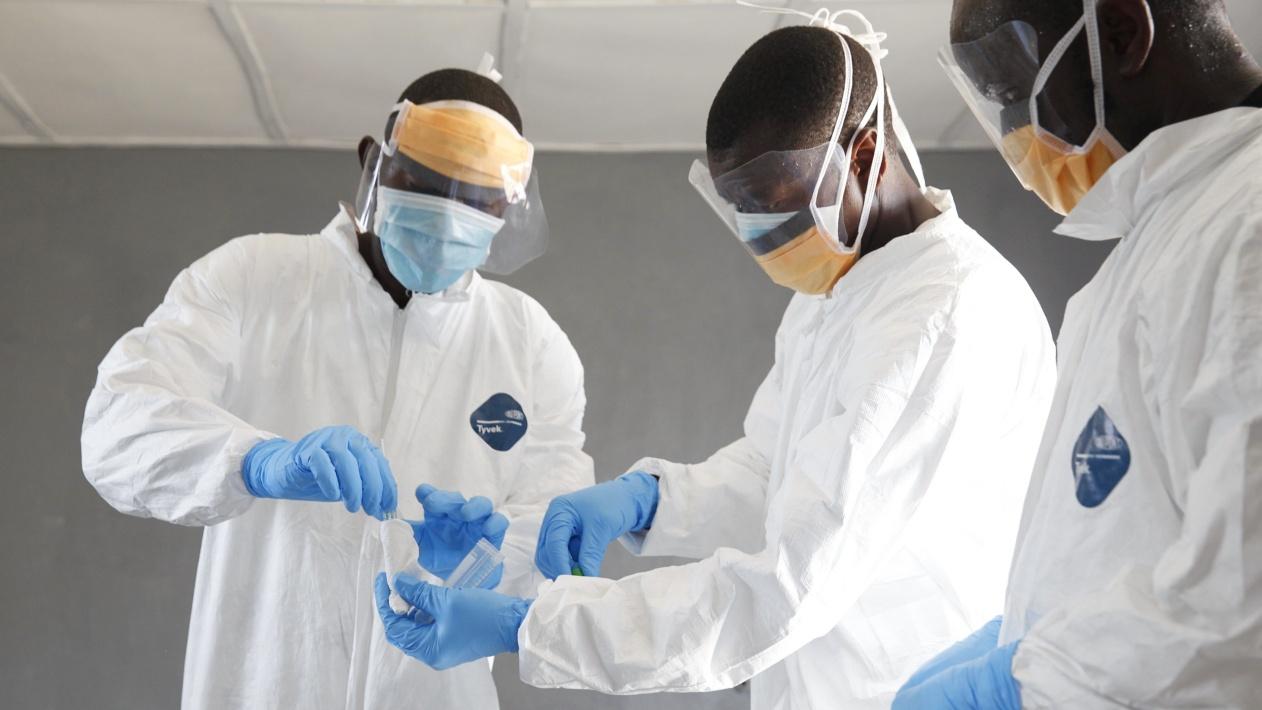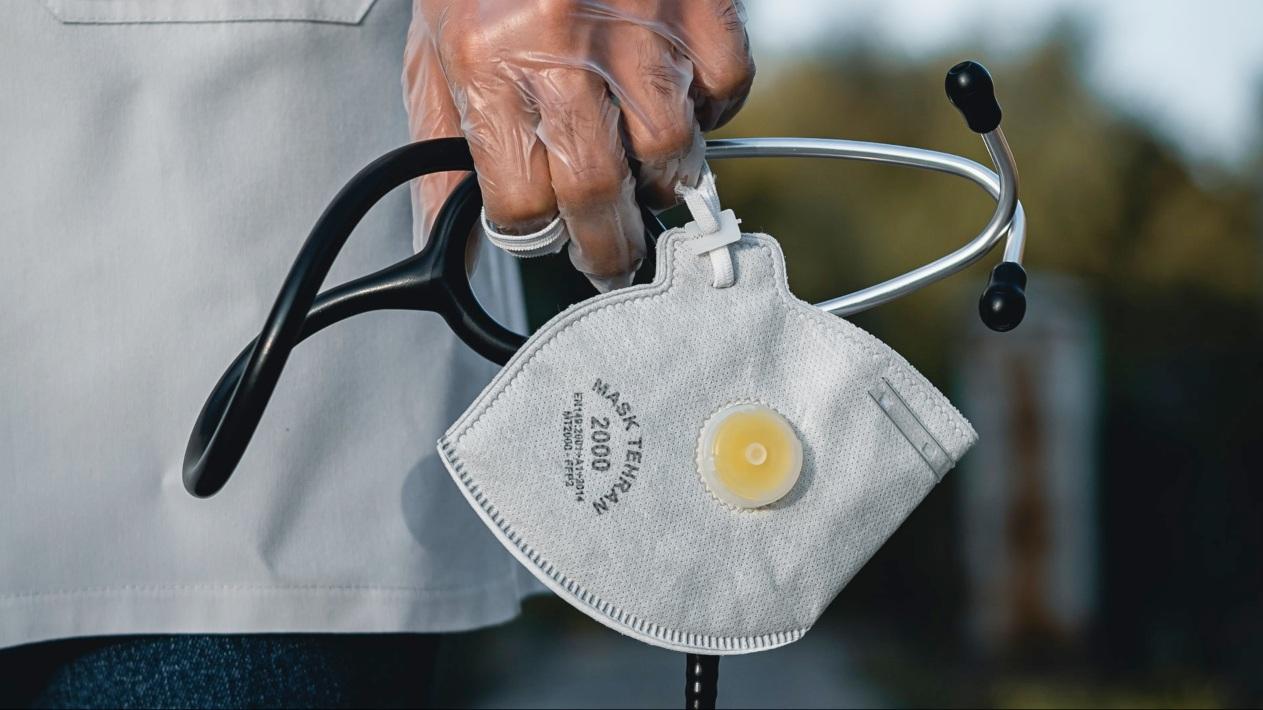Growing urban populations in Africa increase demand for protein intake, which in many global regions is most easily produced by large scale poultry production in rural areas. But the long value chains modern poultry production creates increase opportunities for biosecurity lapses. With avian flu outbreaks already common in the global North and South, the risk of zoonotic transmission and a human health pandemic indicates why large-scale poultry production should be regulated and the potential for harm to human health kept under surveillance.
This article is part of the series “Rethinking zoonoses, the environment and epidemics in Africa”, which examines the effect of changing relationships between human, animal and environmental health on epidemic risk.
More affordable protein, more risk?
More chickens = more eggs + more meat = affordable protein and better nutrition for growing populations. The equation looks straightforward. And with growing urban populations, poultry production should be an excellent way to produce better health through increased protein intake in Africa.
This can be the case. But the approach also creates disease risks to humans as well as chickens. Avian influenza (“bird flu”) is commonly endemic in high density chicken flocks. Like many influenzas, it is a candidate for mutation to zoonotic transmission (infecting humans). The chain of causation goes something as follows: viruses pass from highly migratory wild birds to intensively raised poultry then to humans, and sometimes between humans, when it can become pandemic.
Farm biosecurity – the practice of reducing the chances of an infectious disease being transmitted to chickens from wild birds and animals, and onwards between chickens to humans – is important in this regard. If farm biosecurity is inadequate, due to their genetic uniformity intensively reared poultry can provide a facilitating environment for such viral mutation chains, and subsequently develop into Highly Pathogenic Avian Influenza (HPAI).
Evidence from Asia, where urban population growth and intensive poultry production have gone hand in hand for several decades, suggests that in some poor and middle-income countries, where value chains are long and producer and trader margins are narrow, producers and traders may economise on biosecurity. This Asian experience is likely to be important as intensive poultry production becomes more common in Africa. Avian influenza is already endemic in many parts of the world, including the UK.

The European Centres for Disease Control and the US Centers for Disease Control and Prevention assess the probability of transfer of avian influenza to people working directly with chickens as low to medium. While risk to the general population is judged to be low, there is some evidence of human-to-human transmission via the respiratory route, although this usually seems either to peter out rapidly or go unrecorded or unreported because it has not caused acute disease. Even so, HPAI figures prominently as an avian and human risk in the most recent UK Government’s National Risk Register (2020).
As we live through COVID-19, another type of viral respiratory disease pandemic, we should remember that the global pandemic of “Spanish Flu” of 1918-20 killed many millions and possibly originated from mutations in a porcine influenza in the US mid-west. The possibilities of bird-to-human and then human-to-human transmission associated with intensive poultry production should remain on our public health planning radar. In the next decade, the expansion of such production around growing urban centres in Africa should be a focus for care and surveillance. This brings us to the birds themselves.
The Cobb 500, Cobb 700 and Ross 308
While the Cobb 500, Cobb 700 and Ross 308 sound like high-performance motorbikes or computers, each is a type of genetically identical hybrid chicken bred specially to reach a final weight of 1.5kg within 42 days of hatching. They provide a nice package of affordable tasty protein for urban families with growing incomes. The genetic material arrives in fertilised egg form at the final hatchery, coming from the genetics company via a chain of “grandparent” and “parent” producers.
In Asia, large-scale, integrated production of such birds has become very common. There has also been a similar increase in egg production from specially bred high laying chickens. Production is not small-scale or done in a so-called “back yard” but is very big business. For example, Astral Foods, the largest integrated poultry producer in South Africa, managing 37 million broilers at any one time and processing 5.5 million of these per week, appears to be owned by at least nine large investors, including a branch of the South African government and BlackRock Fund Advisors, M&G Investment managers and Sanlam Investment Management.
The “genetic material” is produced in egg form by a few very large corporations specialising in animal genetics more widely, not just poultry. For example, Cobb-Vantress specialises in poultry. Owned by Tyson Foods, the company also produces hybrid cows and pigs. Other large companies developing and dealing in animal genetics globally include the Thai conglomerate CP Foods (producing hybrid ducks, pigs and shrimp in addition to chickens), Hendrix Genetics (“a multi-species animal breeding genetics and technology company” producing laying hens, turkeys, traditional poultry, swine, salmon, shrimp and trout) and Hy-Line International. In many cases final ownership of these genetics companies is hard to trace.
The value chain game
These poultry companies are highly integrated and control the value chain from genetics, through hatcheries and feed companies including processing plants, to the final products, which include chicken pieces, “lolly pops” and of course whole chickens for the retail freezer or chiller. Integration may consist of total control from genetics to final produce, and in such cases, evidence suggests that biosecurity is good. A popular arrangement is contract farming, where a relatively small producer (perhaps crops of as few as 5,000 birds at a time, with more likely larger units of 20-50,000 birds or more) are closely supervised. Profit opportunities for such small producers are restricted.
Whether in Africa or elsewhere, poultry farming for meat or for eggs is a game between participants at different points in the value chain, which constantly shifts risk to maximise or stabilise income and profits. These value chains are changing all the time, responding to consumer demand, feed prices, local politics or – as in recent times – to COVID-19, where rumours that the virus could be caught from chickens or eggs adversely affected demand in some parts of Asia. Cutting down on bio-security measures may often be part of the game, a common way for marginal contract farmers to economise. When this happens, avian flu outbreaks may occur. In the last few years, outbreaks of H5N1 avian influenza have occurred in South Africa, Benin, Nigeria, Togo and elsewhere. Genetic uniformity among hybrid poultry and wild birds mixing with these poultry are important risk factors.
The constant struggle to play the poultry value chain game to avoid financial risk and/or maximise profit, at all stages, from genetic material and feed prices to the final prices of chicken portions, can increase the risk of avian influenza outbreaks and new global human influenza pandemics. While rare, such pandemics do happen, and in the light of our experience of COVID-19, we all know what that can look like.
The research on which aspects of this blog are based has been funded by the following grants:
- The BALZAC research programme “Behavioural Adaptations in Live Poultry Trading and Farming Systems and Zoonoses Control in Bangladesh” (Grant No. BB/L018993/1). This was one of 11 programmes funded under Zoonoses & Emerging Livestock Systems, ZELS, a joint research initiative between Biotechnology and Biological Sciences Research Council (BBSRC), Defence Science and Technology Laboratory (DSTL), Department for International Development (DFID), Economic and Social Research Council (ESRC), Medical Research Council (MRC) and Natural Environment Research Council (NERC).
- The UKRI GCRF One Health Poultry Hub (BB/S011269/1), one of twelve interdisciplinary research hubs funded under the UK government’s Grand Challenge Research Fund Interdisciplinary Research Hub initiative.
Photo by Artem Beliaikin from Pexels.






It’s an amazing blog post, and it is really helpful as well.